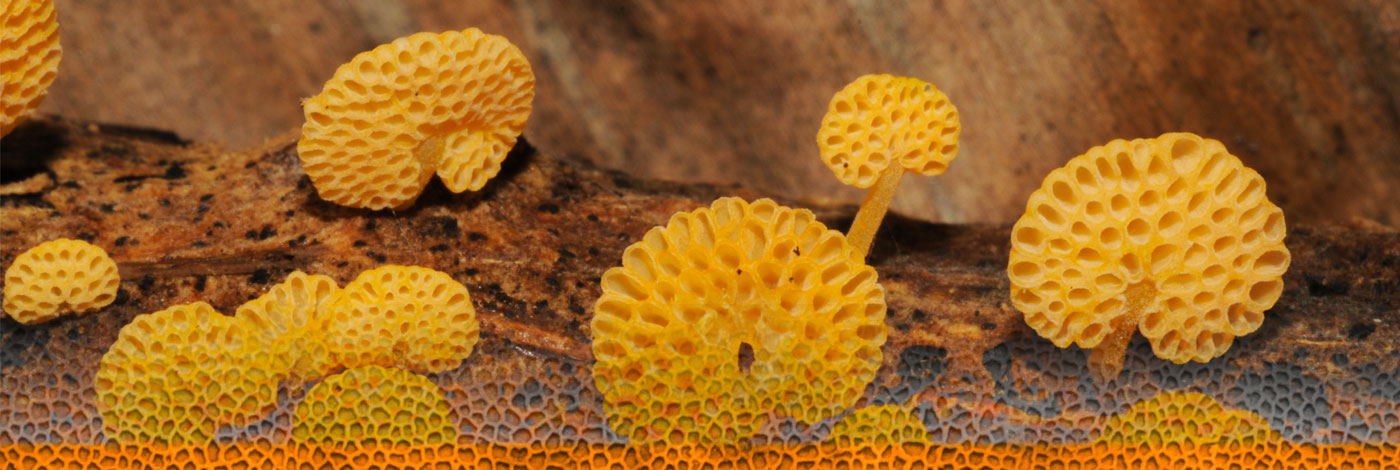
 Cryptogamie, Mycologie
37 (2) - Pages 217-239
Cryptogamie, Mycologie
37 (2) - Pages 217-239Amatoxin-containing mushroom poisonings are recorded worldwide and the frequency increases due to confusion with other macrofungi. Affected regions are characterized by important disparities in relation to available technological equipment for analytical identification of amatoxins. In this context the present study was designed to define advantages and disadvantages of the most accessible standard analytical methods for amatoxin detection. Several methods were compared: (1) a commercialized immunoassay kit, (2) standard high-performance liquid chromatography (HPLC) and (3) high-performance thin layer chromatography (HP-TLC). For each method, linearity, limit of detection (LOD), limit of quantification (LOQ) and recovery were determined. Six macrofungi were analysed using these compared methods, three known to contain amatoxins: Amanita phalloides, Amanita virosa, Lepiota josserandii, and three free-amatoxin containing macrofungi: Amanita muscaria, Macrolepiota procera and Omphalotus olearius. Our results will allow for a choice of method with full knowledge of advantages and disadvantages of each technique as a function of local technological possibilities when facing suspected poisoning due to amatoxincontaining mushrooms. The final aim is to be able to reach faster and effective diagnosis in order to save a patient’s life.